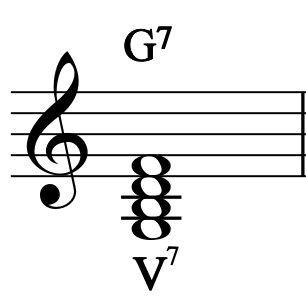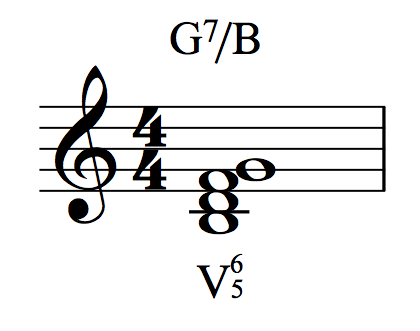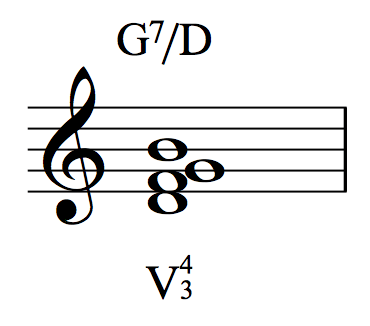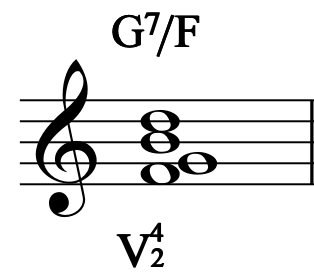A Guide to Dominant Seventh Nomenclature
When composing music, one of the primary elements we work with is chords, which are often built by stacking intervals of a third. By stacking multiple thirds, we create various chords, including triads and seventh chords.
A common area of confusion for many students is the notation and understanding of chord inversions, particularly for seventh chords. In this article, we’ll explain the inversion nomenclature for dominant seventh chords, using the V6/5, V4/3, and V4/2 symbols.
I received a question from a student of mine, asking to clarify the way we label inversions.
Hi Jon!
I’m enjoying the course a lot. I studied harmony in the past so the course is helping me to refresh and, of course, to learn new ideas.My question is that, I never understood the V65 V43 and V42 nomenclature of the V7 inversions. Could you explain it? Thanks!
~ GabrielThe V6/5, V4/3, and V4/2 symbols all refer to the inversion of the 7th chord.
What does the “V” mean
When analyzing harmony, we are describing a few things about the chord with the nomenclature or symbols. The “V” means the root of the chord, or the note we build on top of, is the 5th note of the scale, hence the roman numeral for 5. This is called the dominant.
The superscript numbers refer to the interval above the bass note. I’ll explain that in more detail in a moment.
In this case, we are in the key of C major, which means there are no accidentals. The dominant chord is a G7 chord.
Inversions of a chord, change the bass note, altering its intervallic relationship with the other notes of the chord. These inversions are particularly useful in composition and analysis for creating smoother bass lines and harmonic progressions.
This can be a little confusing, so I am showing you two different ways of conceptualizing inversions. One is that the note on bottom, moves to the note on top. The other, is that the bass note changes, which changes it’s relationship to the notes above, while the chord position above the bass note doesn’t change.

Personally, understanding it from the bass note changing perspective is more useful for a composer.
Understanding the Numbers in V7, V6/5, V4/3, and V4/2
V7
The V7 chord is the dominant seventh chord in root position. The intervals between the notes starting from the bass are perfect 4th, major 3rd, and minor 3rd. For example, in G7 (in the key of C major), the notes are G (root), B (major 3rd), D (perfect 5th), and F (minor 7th).

V6/5
V6/5 is a first inversion, with the 3rd of the chord in the bass. The interval of a 6th would be the root of the chord, and the interval of the 5th would be the 7th. If this were a G7 chord, it would be spelled B-D-F-G.

V4/3
This is a 2nd inversion chord, with the 5th in the bass. In interval of a 4th refers to the root of the chord, and the 3rd is the 7th. If this were a G7 chord, it would be spelled D-F-G-B.

V4/2
This is a 3rd inversion chord, with the 7th in the bass. The interval of a 4th refers to the 3rd of the chord, and the interval of a 2nd refers to the root. If this were a G7 chord, it would be spelled F-G-B-D.

Understanding these inversion labels allows composers and theorists to analyze and compose with greater precision and musicality. By mastering these fundamentals, you can create more engaging and smooth progressions in your compositions. Continue practicing these concepts and apply them in your musical analyses and compositions!
Leave a Reply